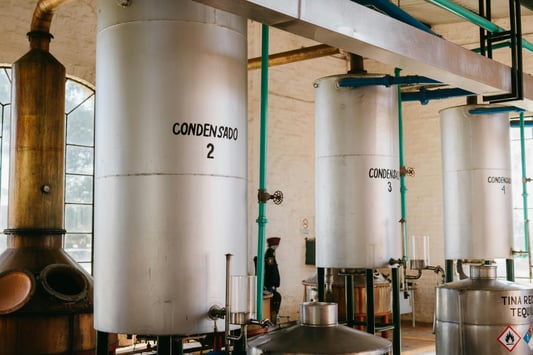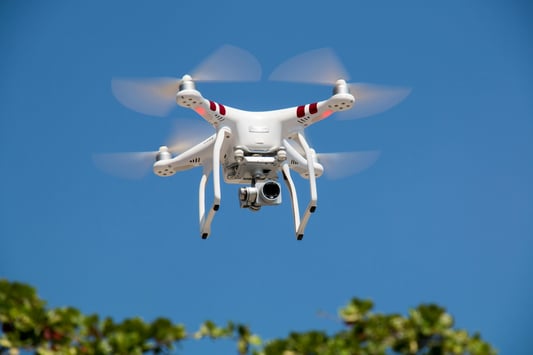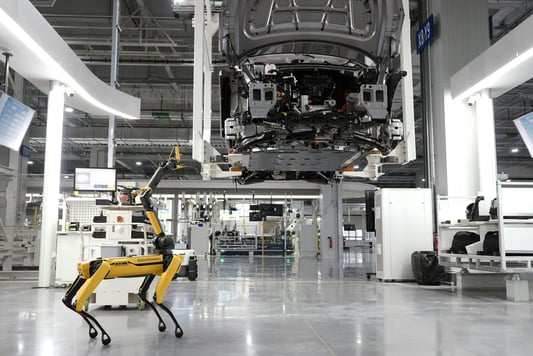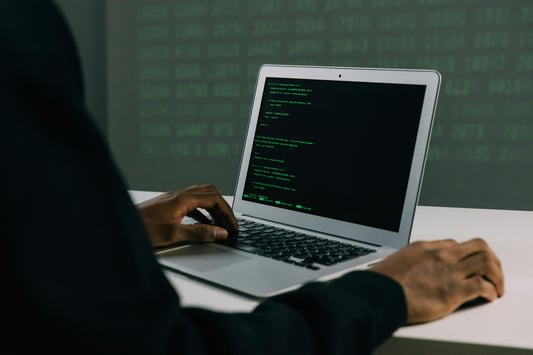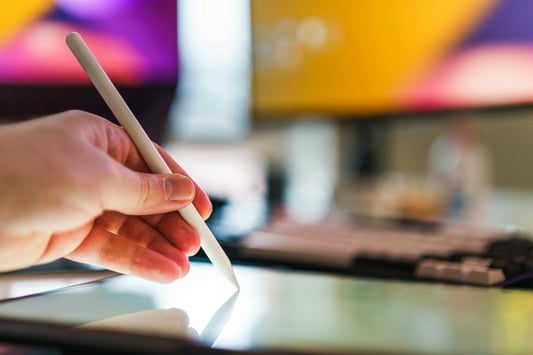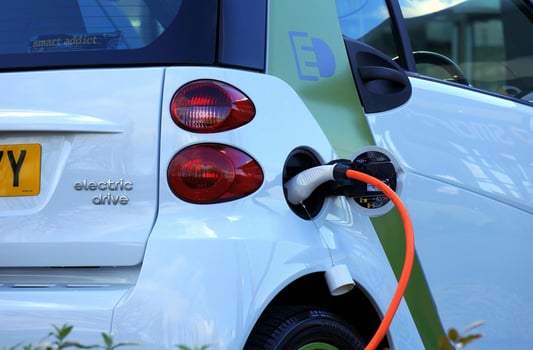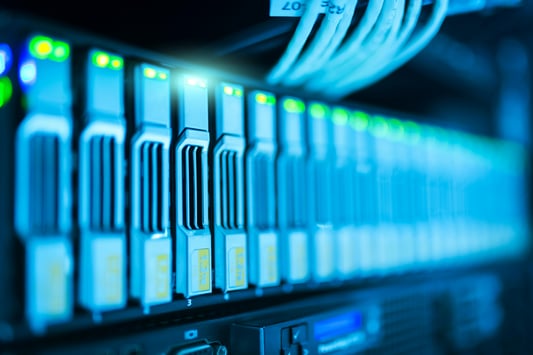IntroductionAn industrial boiler is one of the most costly and critical facilities in any manufacturing or production plant. It helps to generate heat, steam, and energy, which are vital to various industrial processes. But, like most mechanical equipment, boilers are also prone to malfunctioning or break down, which can result in safety hazards, loss of production, and expensive repairs. This is where industrial boiler inspection comes in.What is Industrial Boiler Inspection?Industrial boiler inspection is a routine checkup that aims to evaluate the condition, operation, and safety of an industrial boiler. It involves a comprehensive inspection of the boiler's various components, such as the burners, fuel system, heat exchangers, pumps, and controls. Inspections are usually carried out by professional boiler inspectors who have adequate knowledge, training, and certification in boiler inspection and maintenance.Why is Industrial Boiler Inspection Important?Industrial boiler inspection is crucial for several reasons:Ensures safety: One of the most important reasons for inspecting an industrial boiler is to ensure that it is safe and operating within the required safety standards. Faulty or malfunctioning boilers can lead to accidents, fires, explosions, or toxic gas leaks that can injure or harm workers, damage the environment, or cause a facility to shut down.Prevents breakdowns: Regular boiler inspection can help to identify and prevent potential problems that might result in breakdowns or costly repairs. Early detection of faults or defects can allow for timely maintenance or replacement of faulty components, thereby reducing downtime and production losses.Improves efficiency: An industrial boiler that is operating efficiently will consume less fuel and produce more heat or energy. Regular inspection of the boiler's various components can help to identify areas of energy wastage and inefficiencies which can then be corrected to optimize the boiler's performance, save fuel costs, and improve productivity.Meets regulatory compliance: Industrial boiler inspection is required by law in many jurisdictions to ensure compliance with safety standards and regulations. Boilers that do not pass safety inspections can face penalties, fines, or legal action, which can be costly to a business.When is Industrial Boiler Inspection Required?Industrial boiler inspection is required at several times throughout the boiler's lifespan, including:Pre-installation inspection: This is carried out before a new boiler is installed to ensure that the installation meets the required safety standards and complies with local regulations.Annual inspection: Most jurisdictions require boilers to be inspected annually to ensure that they continue to operate safely and efficiently.Critical inspection: Boiler critical inspections are carried out after a significant event, such as a breakdown, repair work, or a change in the process. It's also done before restarting a boiler after an extended shutdown.What Does Boiler Inspection Cover?A typical industrial boiler inspection covers several areas, including:Visual inspection: This is an external inspection of the boiler, which aims to identify any visible problems such as leaks, cracks, corrosion or deformities.Internal inspection: This involves a thorough inspection of the boiler's internal parts such as the tubes, heat exchangers, and other components that are not visible from the outside.Testing: Several tests are carried out during the boiler inspection, such as hydrostatic testing, ultrasonic testing, and other non-destructive techniques to detect and identify potential problems.Documentation: After an inspection, the inspector will prepare a detailed report documenting the findings, including recommendations for corrective actions if needed.Who Performs Industrial Boiler Inspection?Industrial boiler inspection is carried out by professional and certified boiler inspectors who have extensive knowledge, experience, and training in boiler inspection and maintenance. They are typically employed by third-party companies that specialize in industrial boiler inspection and maintenance services. Employing qualified inspectors is essential to ensure that inspections are carried out efficiently and accurately and that the boiler is operating safely and efficiently.The Cost of Industrial Boiler InspectionThe cost of industrial boiler inspection varies depending on several factors, such as the type and size of the boiler, the frequency of inspections, and the condition of the boiler. However, investing in regular industrial boiler inspection can help to save costs in the long term by avoiding expensive breakdowns, repairs, or replacement of faulty components, improving energy efficiency, and ensuring regulatory compliance.ConclusionIndustrial boiler inspection is a critical process that ensures the safety, efficiency, and reliability of boilers in various industries. It helps to identify and prevent potential problems, save on fuel costs, increase productivity, and meet regulatory compliance. Employing professional and certified boiler inspectors is essential to ensure that inspections are carried out efficiently, accurately, and safely.Quote InquiryContact us!


